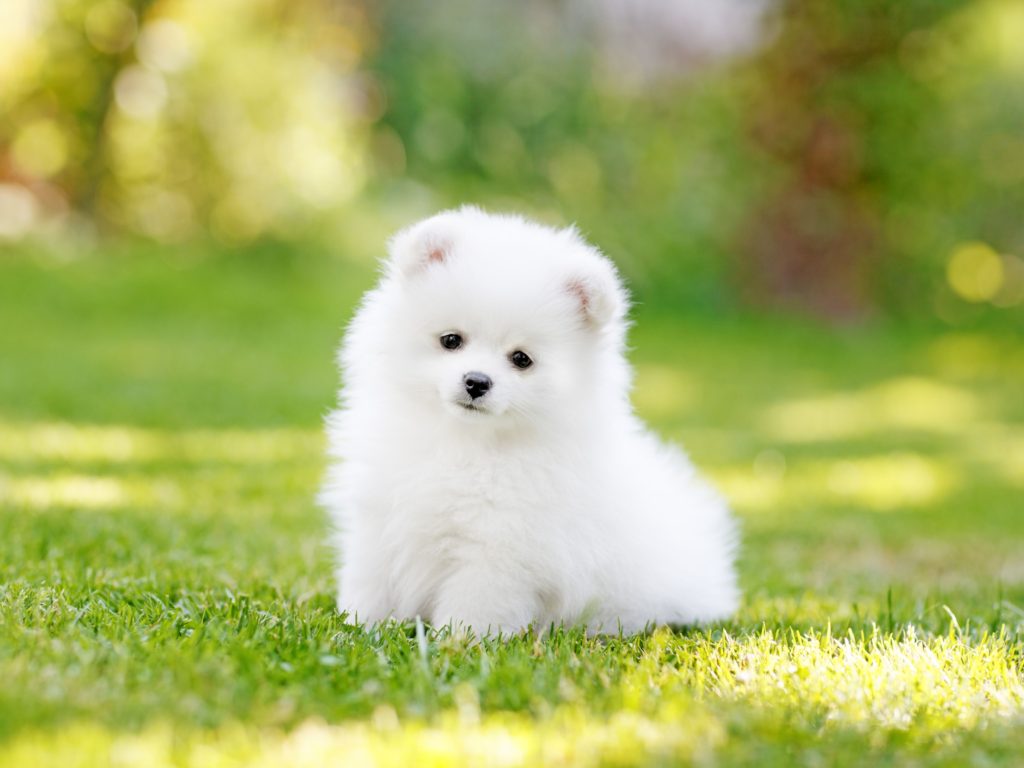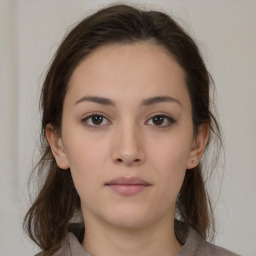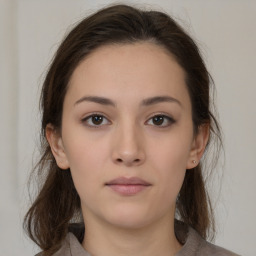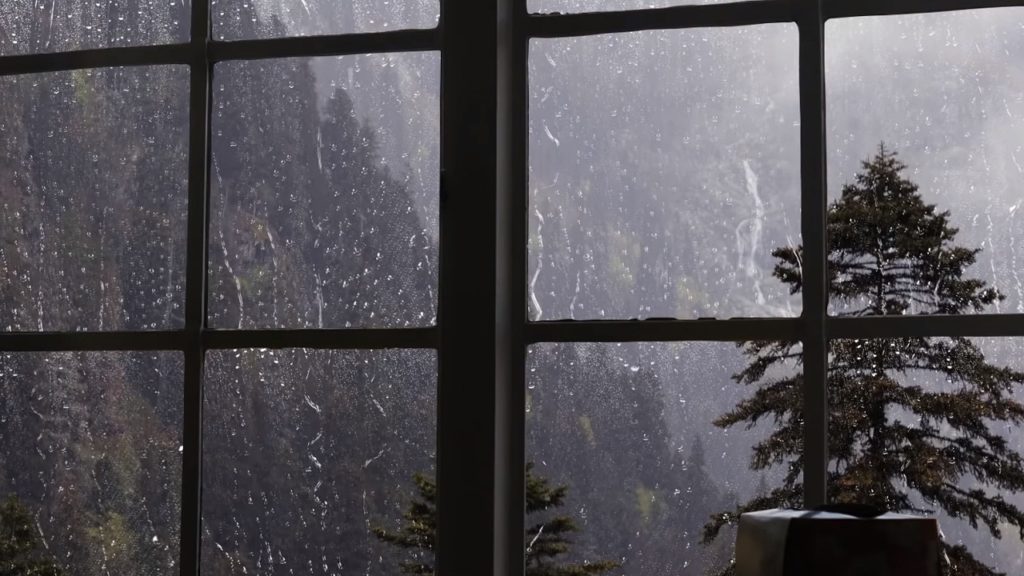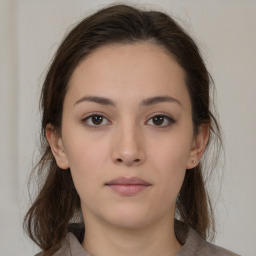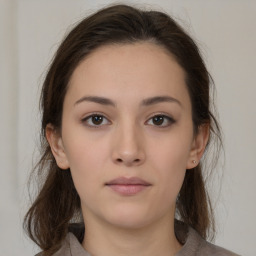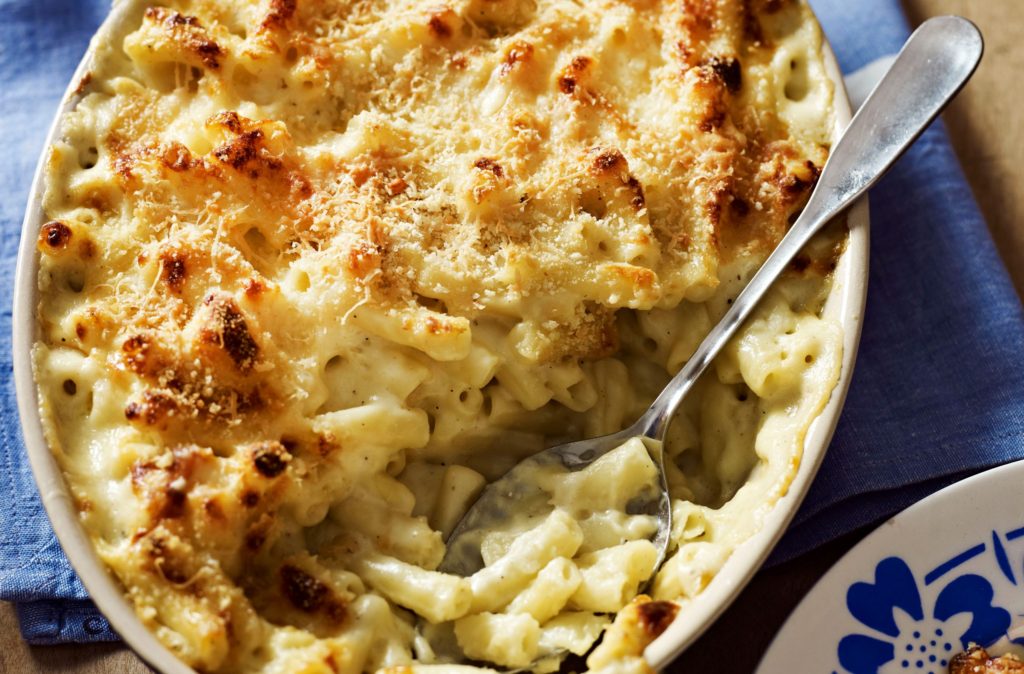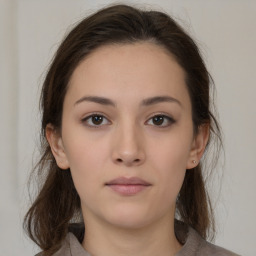- The woman looks neutral in the first shot and then looks happier in the second shot, as the audience associates the dog with happiness and imagines the woman to look happy because of this.
- The woman looks neutral in first shot and then looks sadder in the second shot, as the audience associates the rain outside with sadness and imagines the woman to look sad because of this.
- The woman looks neutral in the first shot and then looks happier and hungrier in the second shot, as the audience probably associates the food with good feelings and being hungry and imagines the woman’s face to react the same way.
Daily Archives: October 20, 2021
Filters
THE KULESHOV EFFECT
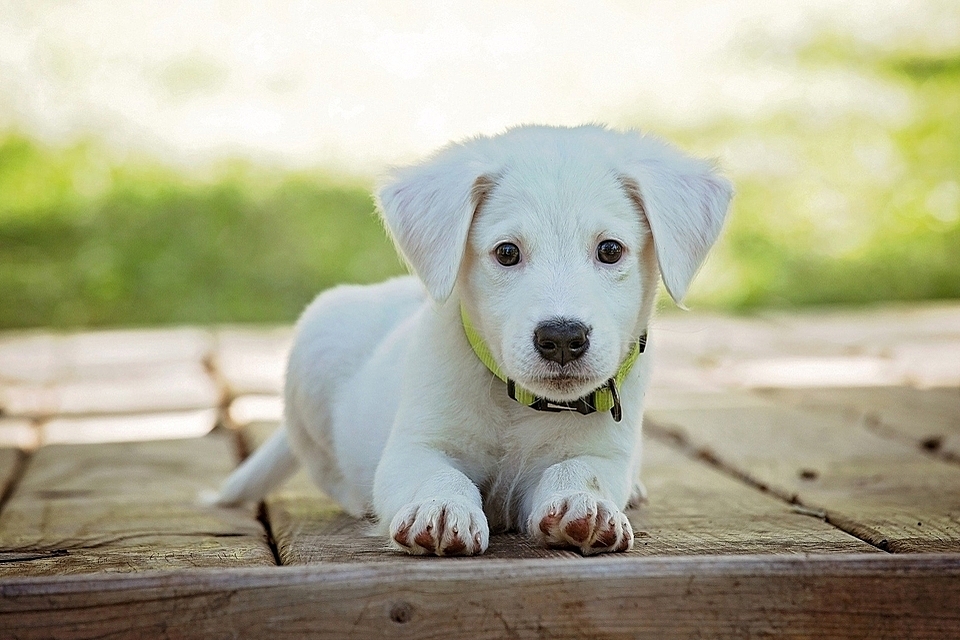 | ||
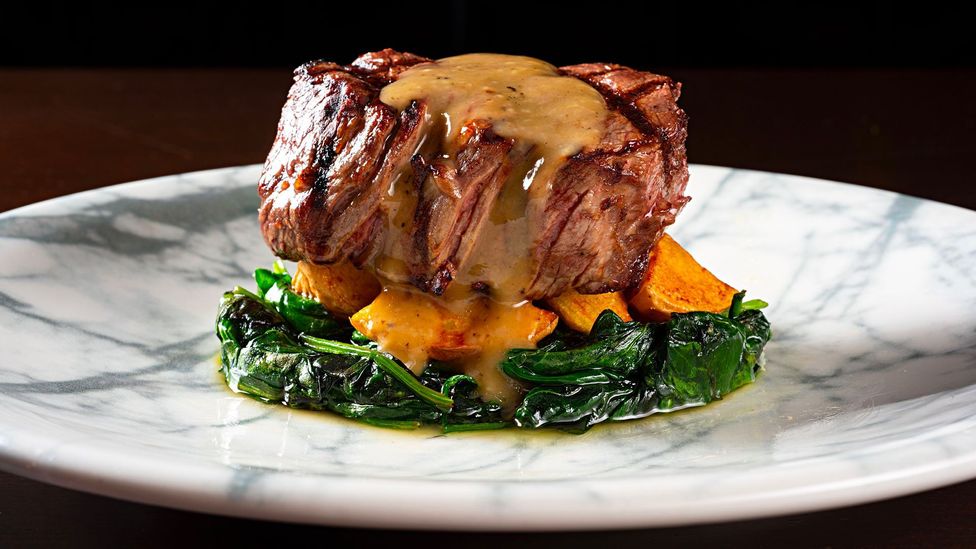 | ||
 |
kuleshov effect
 |  |  |
 |  |  |
 |  |  |
The first row shows how this women wants a child and would link to starting a family.
The second row shoes how she wants money and riches to pay for her family and live in luxury.
The third row shows how this woman would like a nice house for her family.
All three rows are family orientated and show how she wants a family and things for her family.
The Kuleshov Effect
The Kuleshov Effect – a film editing experiment conducted by Russian film-maker Lev Kuleshov. It explored how viewers ascribed meaning to and understood shots depending on the order in which they were sequenced. The experiment showed that shot length, movement, cuts, and juxtaposition are filmmaking techniques that can emotionally affect audiences.

Kuleshov Effect
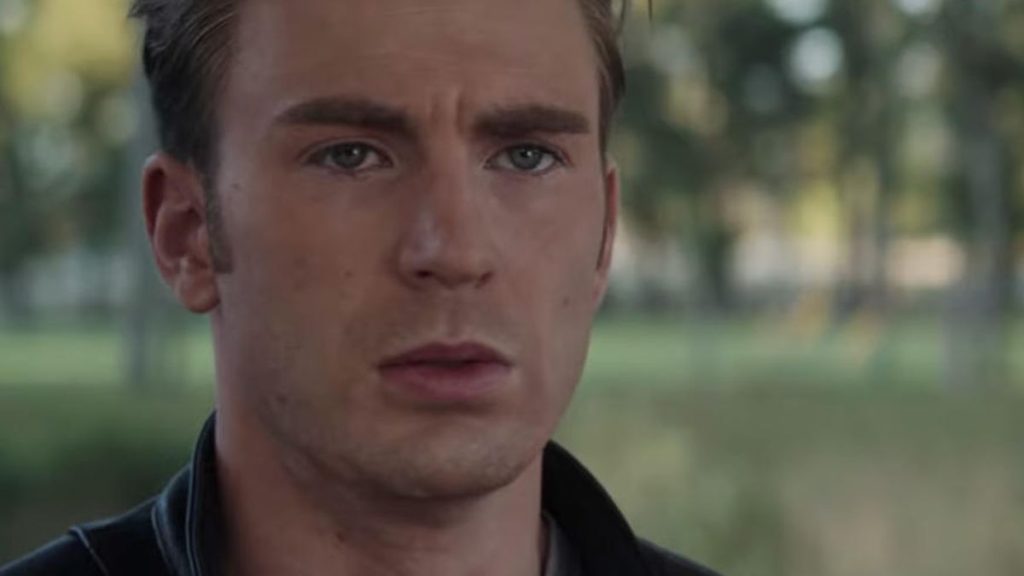
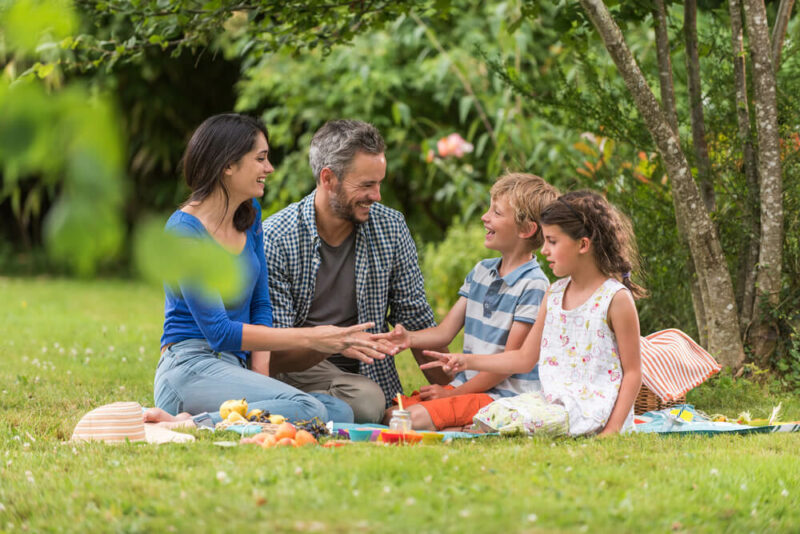
Family 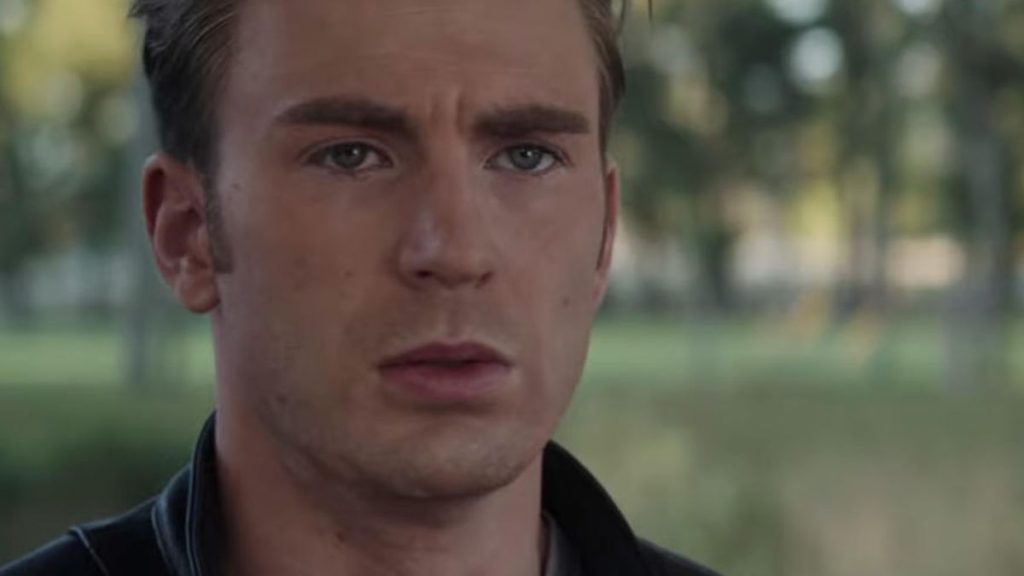
Resentment
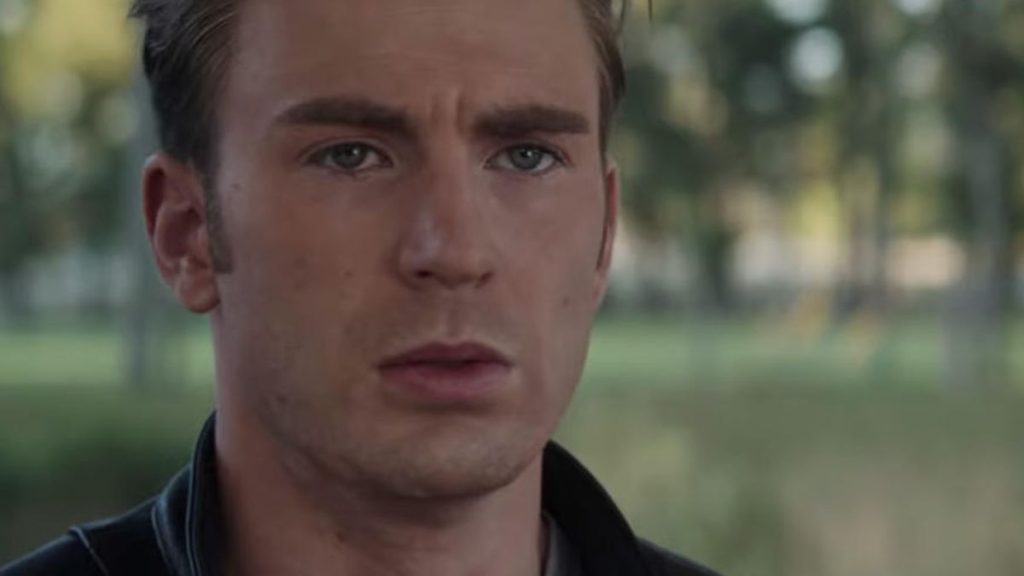

Emergency 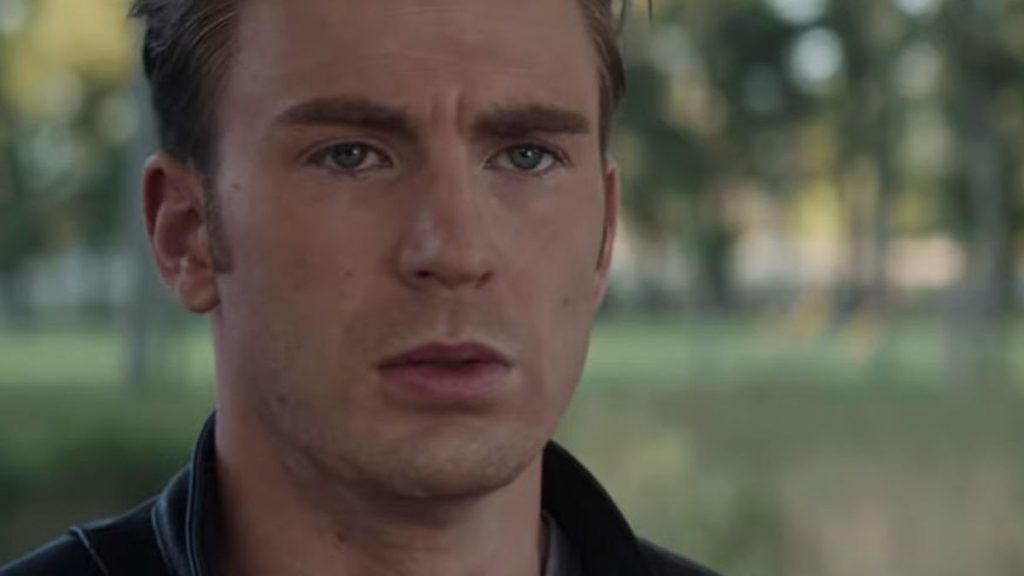
Concern/worry
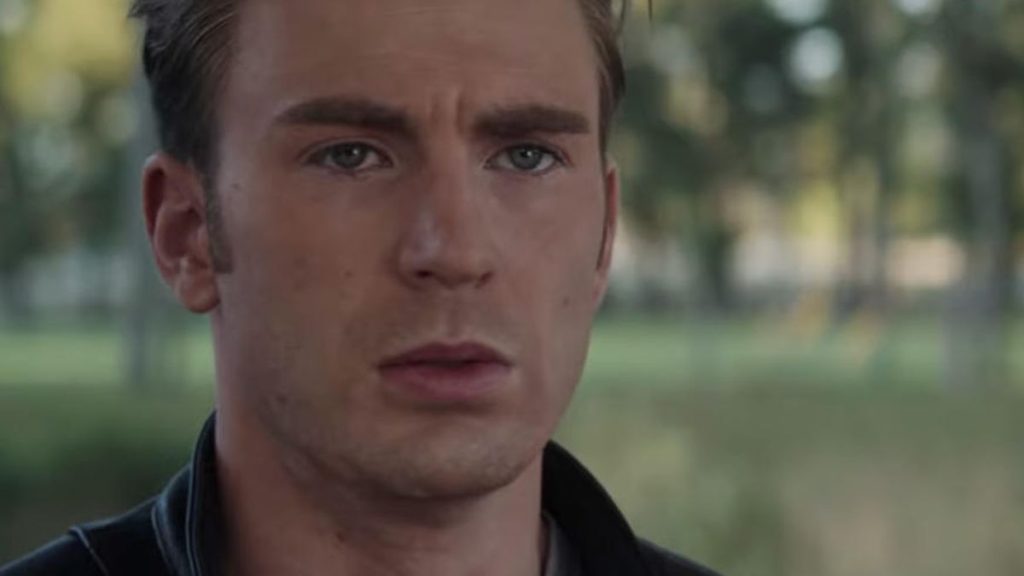
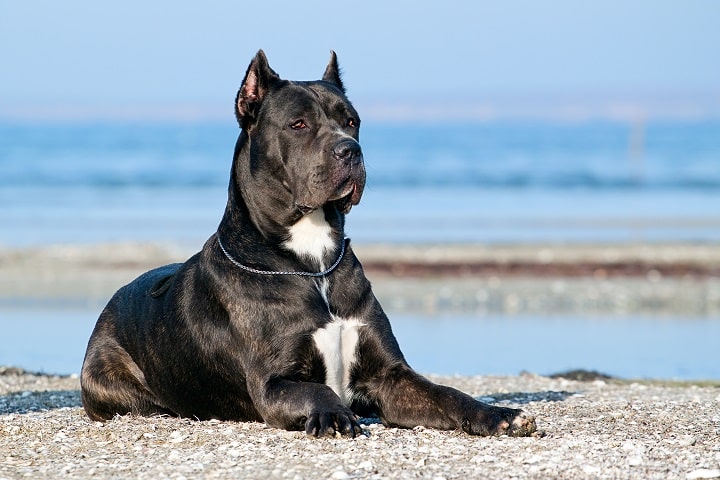
Large dog 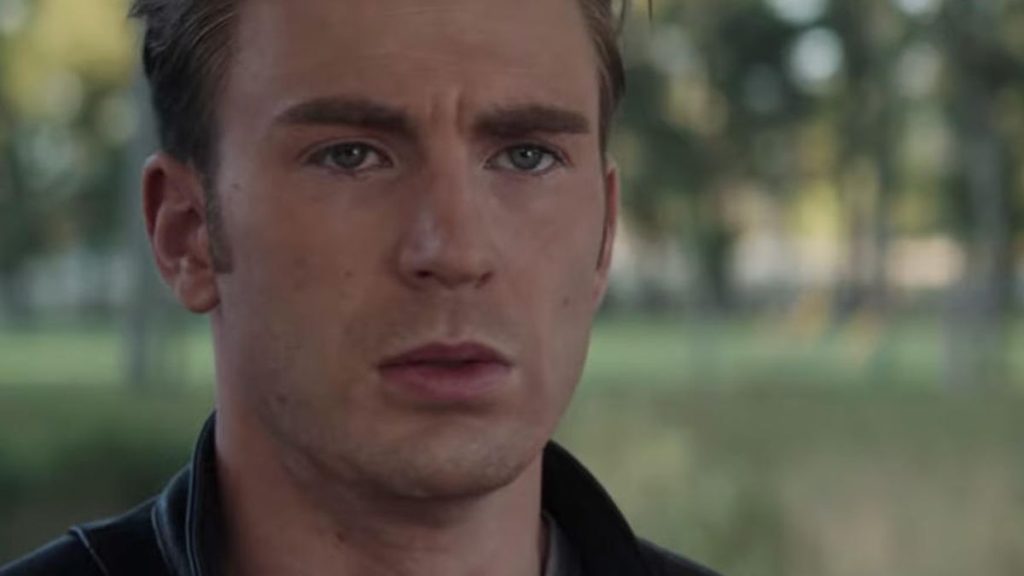
Caution/Fear


